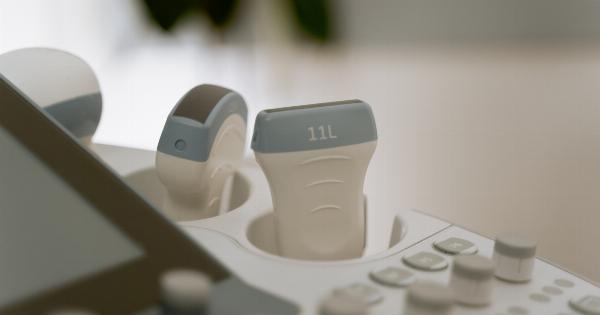Blood pressure is an essential aspect of overall health and wellbeing of individuals. It is vital to maintaining the health of the heart and the circulatory system.
Blood pressure levels can be influenced by various factors ranging from lack of exercise to stress or anxiety. However, one factor that is commonly overlooked is the impact of home temperature on blood pressure levels. Home temperature can affect blood pressure levels in a significant way, resulting in a range of health issues.
What is Blood Pressure?
Blood pressure refers to the force of blood pushing against the walls of the arteries as it flows through them. It measures the amount of pressure exerted on the arterial walls during each heartbeat.
Blood pressure is measured in mmHg (millimeters of mercury) and is recorded as two numbers:.
- Systolic pressure: The top number that indicates the pressure in the arteries when the heart beats.
- Diastolic pressure: The bottom number that indicates the pressure in the arteries when the heart is resting between beats.
Normal blood pressure ranges from 90/60 mmHg to 120/80 mmHg. High blood pressure, also known as hypertension, is a condition that can increase the risk of heart disease, stroke, and other serious health conditions.
Low blood pressure, also known as hypotension, can also be dangerous and can lead to dizziness, fainting, and other symptoms.
How Does Home Temperature Affect Blood Pressure?
The temperature of the home environment can significantly influence blood pressure levels, affecting both systolic and diastolic readings. Some of the ways in which home temperature affects blood pressure include:.
Influence on body’s temperature regulation system
The human body has a natural mechanism for regulating the body’s temperature. The hypothalamus is responsible for regulating the body’s temperature, and it does so by stimulating the sweat glands or blood vessels.
When the body becomes too cold, the hypothalamus signals the blood vessels to constrict, reducing blood flow to the skin. This causes a rise in blood pressure levels.
On the other hand, when the body becomes too hot, the hypothalamus signals the sweat glands to start producing sweat. This allows the body to cool down, resulting in the dilation of blood vessels and a drop in blood pressure levels.
Therefore, a hot environment can cause low blood pressure while a cold environment can cause high blood pressure.
Dehydration
High temperatures can cause dehydration, which can lead to low blood pressure. When the body is dehydrated, the blood volume decreases, which, in turn, causes a drop in blood pressure levels.
Dehydration can be caused by excess sweating when the body is exposed to high temperatures.
Climate control systems
The use of climate control systems, such as air conditioning or heating, can have an impact on blood pressure levels.
When indoor temperatures are too high, the use of air conditioning can help to lower body temperature, causing blood vessels to dilate, leading to a drop in blood pressure levels. The use of indoor heating systems during the winter months can also cause a rise in blood pressure levels.
Stress
Environmental factors such as home temperature can create stress, causing a rise in blood pressure levels. High temperatures can cause discomfort, leading to stress and anxiety, which can trigger an increase in blood pressure levels.
Conclusion
It is essential to pay attention to the home environment and temperature to prevent fluctuations in blood pressure levels.
When the temperatures are too high, the use of air conditioning can be helpful to reduce body temperature, which can cause a drop in blood pressure levels. On the other hand, during the winter months, the use of indoor heating systems can help to warm the indoor environment, but care should be taken to avoid excessive heating, which can lead to high blood pressure levels.
Understanding how home temperature affects blood pressure levels can significantly influence the overall health and wellbeing of individuals.






























